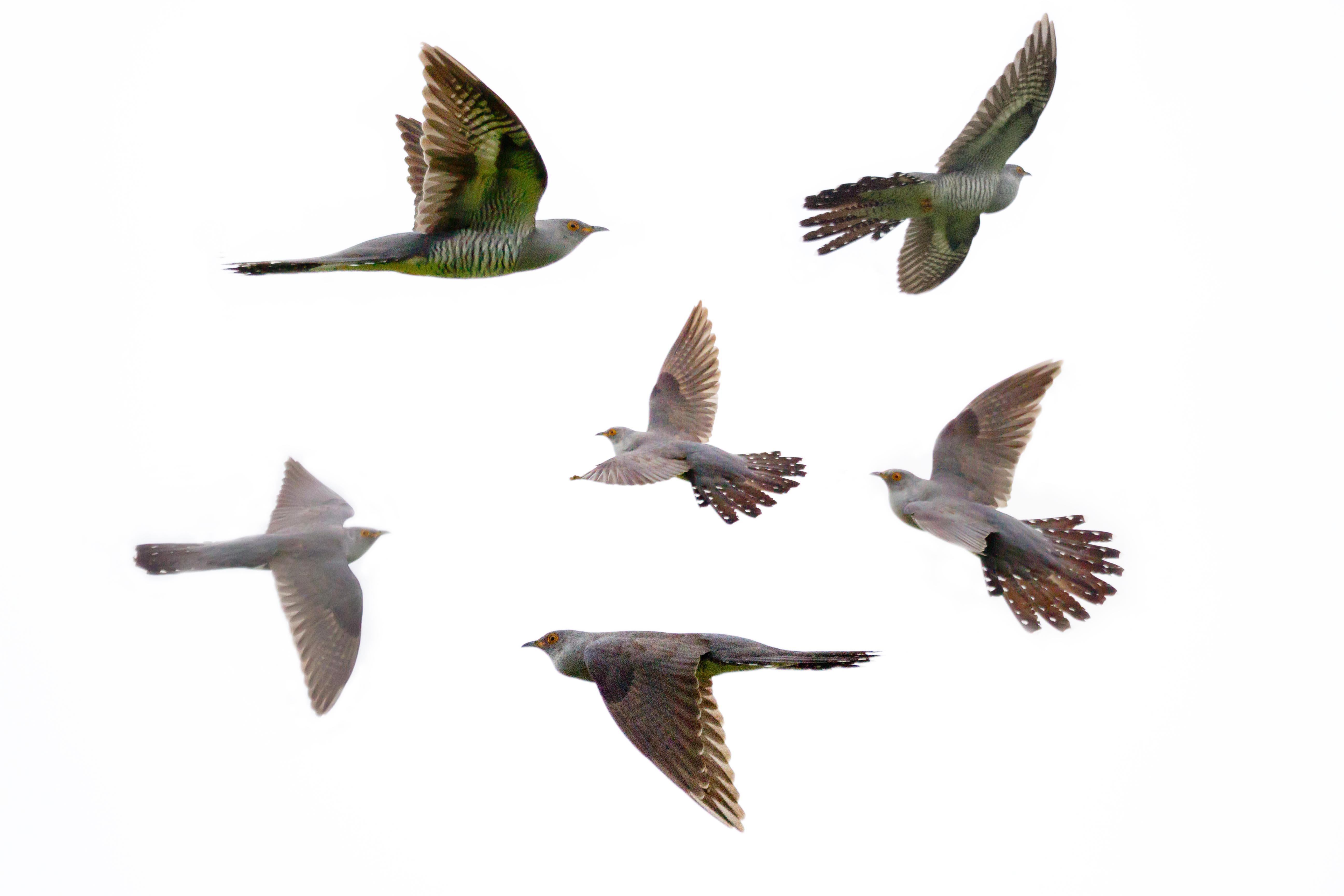This is an article that I wrote for the Cumnor Magazine for their June issue:
Although the traditional harbinger of spring, it is hard to argue that the Cuckoo is in fact a British bird. Cuckoos spend 9 months of the year in sub-Saharan tropical African forests, where the distinctive call that has led to their name, has never been heard. They winter as far south as Angola. In early March they begin their long flight north. Most British Cuckoos cross the Sahara, before flying over the Straits of Gibraltar, continuing north through Spain and France. In early April the first birds arrive in the UK and the males immediately begin singing their onomatopoetic song. Female Cuckoos do not sing “Cuck-oo”. Their call is a liquid bubbling sound, similar to the sound the last water makes as it drains from a sink.
The song of the male Cuckoo is far better known than the appearance of this large migrant bird. In flight, Cuckoos have a rather hawk-like appearance, with a long tail and rather pointed wings. From above they appear all grey, with a number of pale spots on each long dark brown tail feather:

From below, the pale breast with grey stripes running across it can be seen. Cuckoos have a well-patterned underwing, with a pale bar running across the wing and pale spots in the outer flight feathers:


Having attracted a female Cuckoo, this species then begins its famous breeding behaviour. Cuckoos are well known for not building their own nests, but rather they parasite the broods of other bird species. Over 120 species of bird have been recording raising Cuckoo chicks, but 90% of all Cuckoo eggs are laid in Reed Warbler, Meadow Pipit and Dunnock nests.
Cuckoos have evolved, quite remarkably, to lay eggs that match both the colour and size (breadth) of their host species’ eggs. This prevents the host species immediately realising that there is an alien egg in the nest and removing it. The first act of the Cuckoo chick, whilst still featherless and blind, is to push any other egg or chick out of the nest. The Cuckoo chick reverses up the side of the nest cup, with any unhatched eggs on its back, and tips them over the edge. Now an only-child, the Cuckoo benefits from the attention of both adult hosts. Quickly the chick dwarfs it’s host parents in size. They are unable to resist the bright yellow-orange gape of the huge chick and relentlessly keep feeding it. After fledging juvenile Cuckoos spend a few weeks feeding up in preparation for their long flight south. Like human juveniles, they are spottier than adults. Juvenile Cuckoos have pale edges and spots on most of their flight and back feathers:

The nature-nurture debate is conclusively settled in favour of nature, at least as regards Cuckoos. No young Cuckoo ever sees its parents. Unlike geese, the parents do not guide young birds on their first migration. Guided purely by genetically inherited instinct, each young Cuckoo finds its way back across Europe, across Africa, to the tropical forests of central-west Africa, alone. Some Cuckoos will not meet another member of their species until they return to the UK the following spring.
Unfortunately, the Cuckoo is in decline in UK. The latest research indicates that 40% of our Cuckoos have been lost since 1994, although in the last five years numbers have begun rising slightly (BTO 2018). Cuckoos are dependent on large hairy, sometimes toxic, caterpillars, which are often avoided by other birds. Some species of Cuckoo have evolved a mucous membrane in their gizzard, to which the toxic hairs of the caterpillars they eat stick. Periodically, these membranes break off and are regurgitated, allowing the cuckoos to rid themselves of the toxins. In the UK, as moth and butterfly populations decline, so does the food supply for Cuckoos.
Globally, Cuckoos are widespread, with some 127 different species. Many are more brightly coloured and exotic than our Eurasian Cuckoo, for example this Diederic Cuckoo from Africa. But only one species calls its own name in that distinctive fashion, our own Eurasian Cuckoo.

